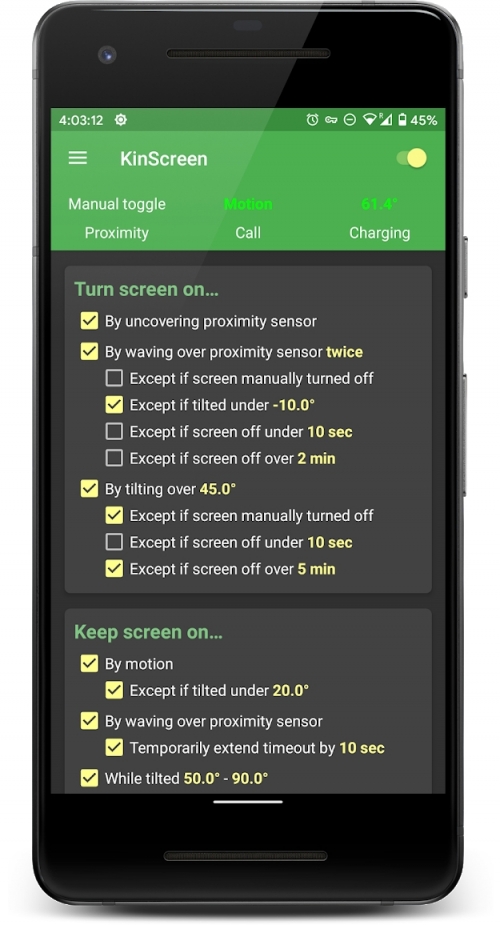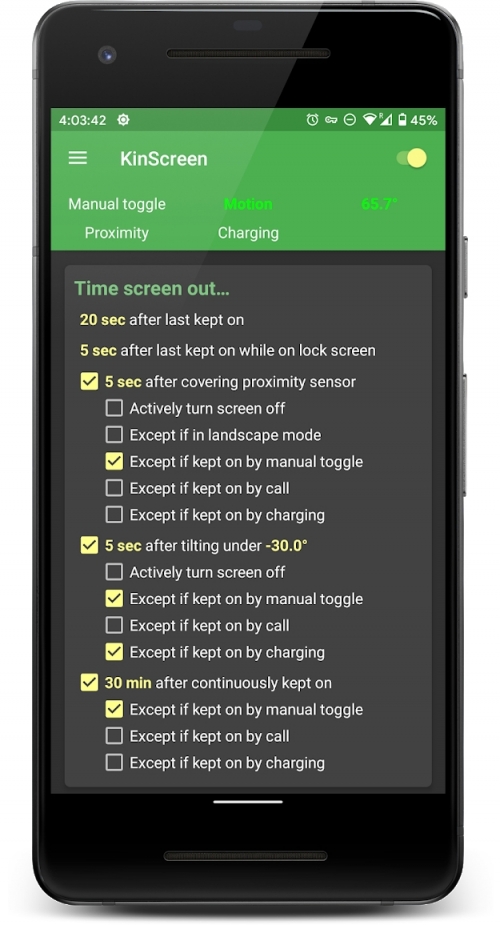scrcpy is a free, open-source application that allows Android devices to be mirrored to computers running Linux, Windows, and macOS. It supports mirroring using either a direct USB connection or over TCP/IP.
I needed to do some recording of an Android application recently, and was impressed by how easy it was to install and configure scrcpy. After just a few minutes–most of which was spent figuring out to enable USB debugging on my device–I was up and using my phone on my Windows PC.
The only prerequisites are that it requires an Android device with at least Android 5.0, and to take advantage of all its features it requires Android 11+.
But oh what a feature set:
It focuses on:
- lightness: native, displays only the device screen
- performance: 30~120fps, depending on the device
- quality: 1920×1080 or above
- low latency: 35~70ms
- low startup time: ~1 second to display the first image
- non-intrusiveness: nothing is left installed on the Android device
- user benefits: no account, no ads, no internet required
- freedom: free and open source software
Its features include:
- audio forwarding (Android >= 11)
- recording
- mirroring with Android device screen off
- copy-paste in both directions
- configurable quality
- Android device screen as a webcam (V4L2) (Linux-only)
- physical keyboard/mouse simulation (HID)
- OTG mode
and more…



